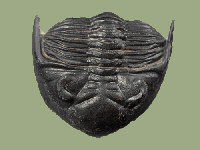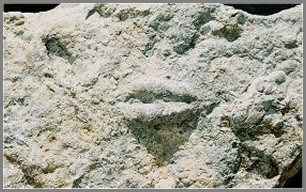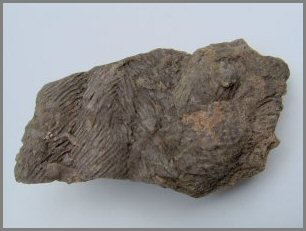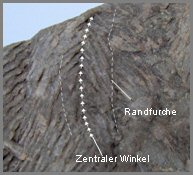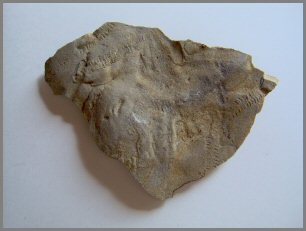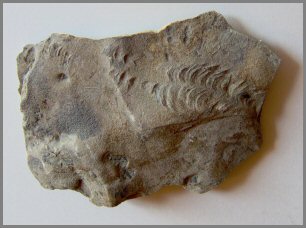|
|
|
Ichnofossils::
Homepage:: TRILOBITA:: Preparation:: Cabinet:: Literature:: Links:: Geological Time:: Special:: Explanations::
The Team :-)
Ichnofossils:: Trilobites:: Behavioural pattern:: Stratigraphy:: Lithification::
|
Behavioral Pattern of Trilobites |
|
|
After the meal you shall rest or there are 1000 steps to doThe description of the most important behavior patterns of our trilobites, is precisely hit with this old German truism like the nail on its cephalon. With the following trace fossils of our collection (Rusophycus excepted) you'll gain inside at Resting Traces (Cubichnia) as well as Creeping- and Striding Traces (Repichnia) of ethological classification. |
|
|
|
|
Rusophycus(Hall, 1852) In the ethological classification Rusophycus are resting traces (Cubichnia, cubare (Lat.)- to lie, resting). This structures were generated by vagile benthos. The trilobite has buried himself into the mud for a resting period, partially or even completely covered with this mud. After resting period was finished, he left the mud, using the same path as he buried before. The hyporelief consits of an oval double ridge. Axial marks of the gnathobase (structure at endopodites end - s. TRILOBITA) are recognizable. |
Rusophycus Source: Uni Heidelberg
|
Cruziana(D'Orbigny, 1842) In the ethological classification Cruziana are creeping- striding traces (Repichnia, repere Lat.- creeping). This structures were also generated by vagile benthos. This type of traces resulted from direction orientated motion of the trilobite. The stretched ribbons, moulded into the sediment by trilobites cleft feet, crossing each other in the range of trilobites rachis angulary, are a typical feature of this tracks. Depending on the grade of trilobites coverage with mud, the grade of development of cruzianas typical tunnel, caused by trilobites exoskelettons edge, is defined. It' also obviously to recognize regarding this cruziana, that the traces are at the surface of the substrate (typically). It's difficult, actually deducing to Cruzianas originator. Especially cause of the missing boundary furrows, it's absolutely possible, that contemporaries of our trilobites like crustacea or gastropoda were at work, generating this cruziana.
|
Cruziana (Ordovician) (Central- Iran)
Complete Trilobite Trackway
|
Diplichnites(Dawson, 1873) In the ethological classification Cruziana are striding traces. This structures were again generated by vagile benthos. This type of traces also resulted from direction orientated motion of the trilobite. The simple striding traces, arranged in two parallel rows (trackway, moulded into the mud by trilobites cleft feet), are a typical feature of this kind of traces. The trilobite was striding over the seafloor.
|
Diplichnites (Carboniferous Mississippian) (Indiana, Glen Dean Formation)
Diplichnites (Carboniferous Mississippian) (Indiana, Glen Dean Formation)
|
|
|
|
|
|
|
|
|
|
|
|
|
